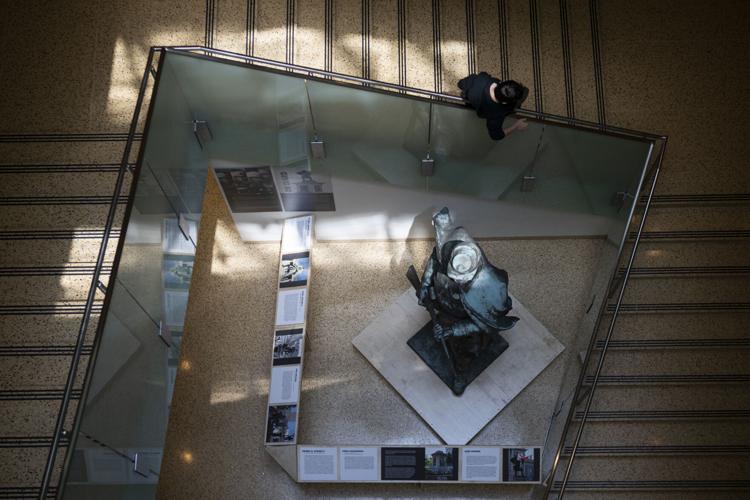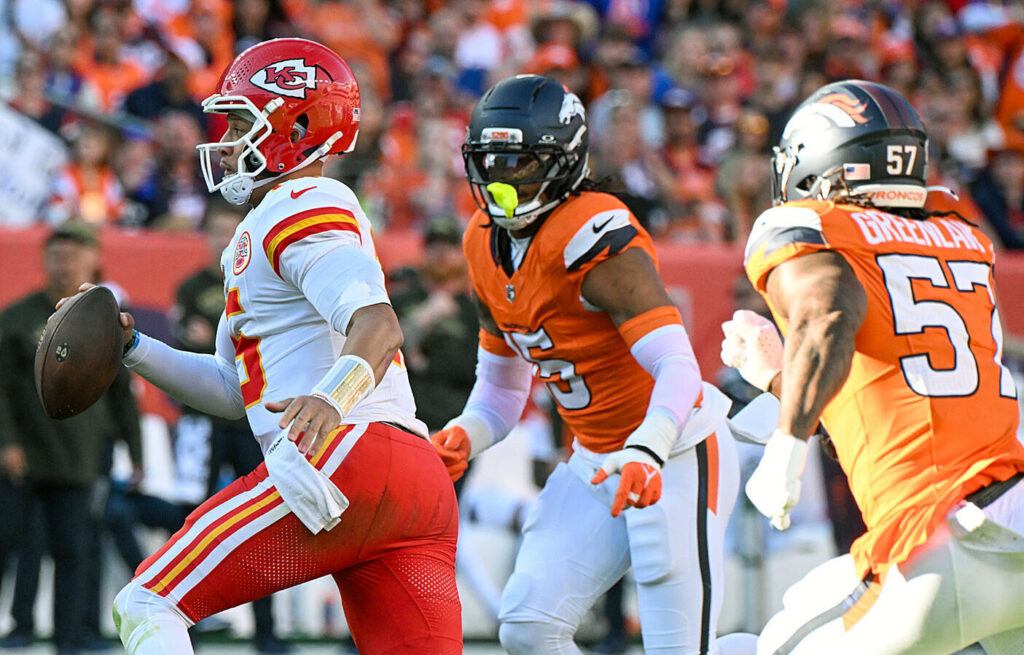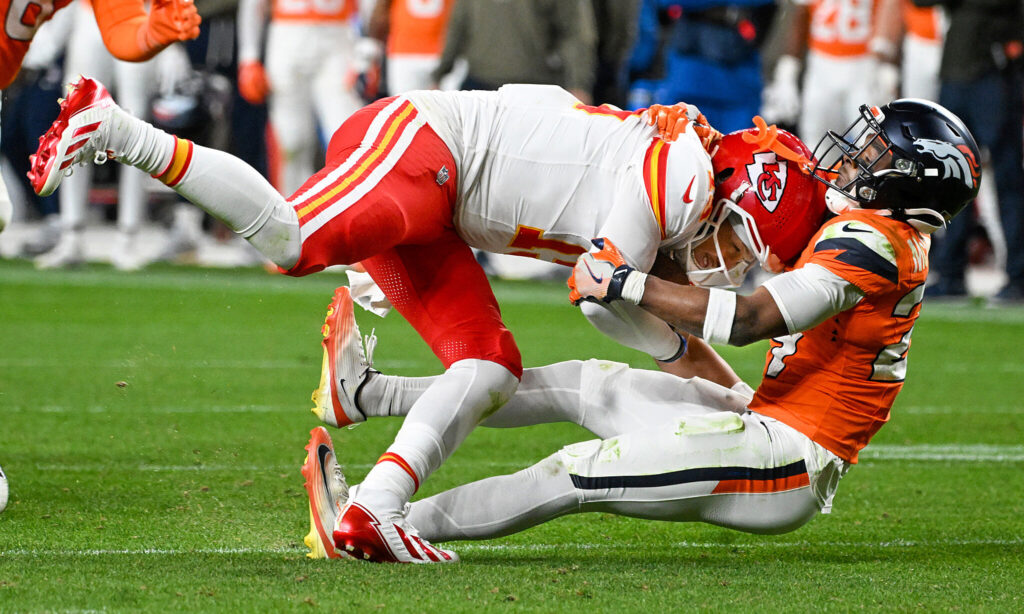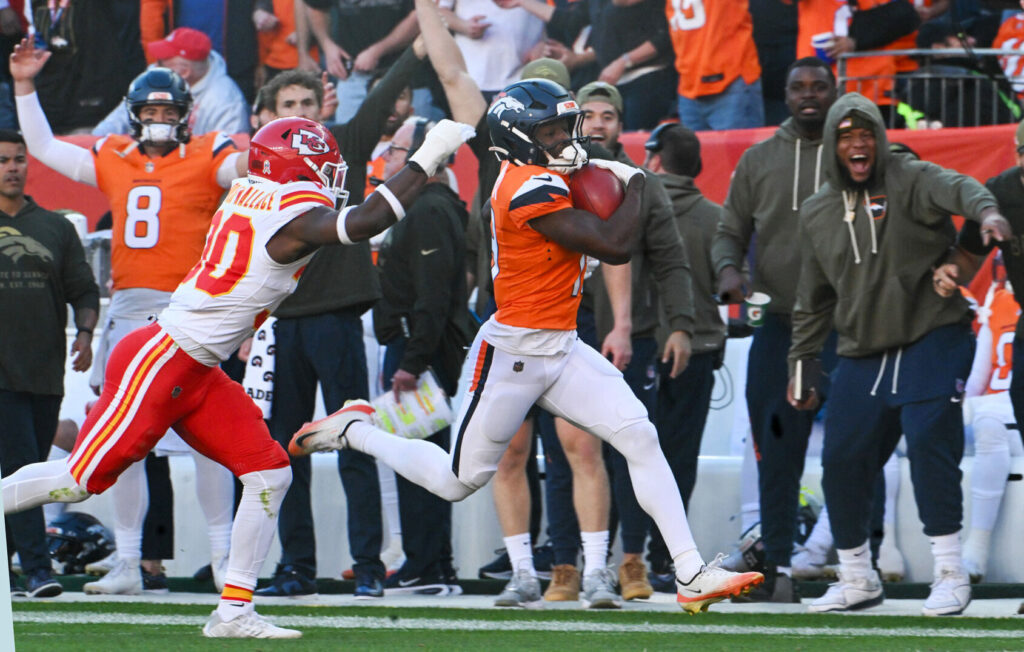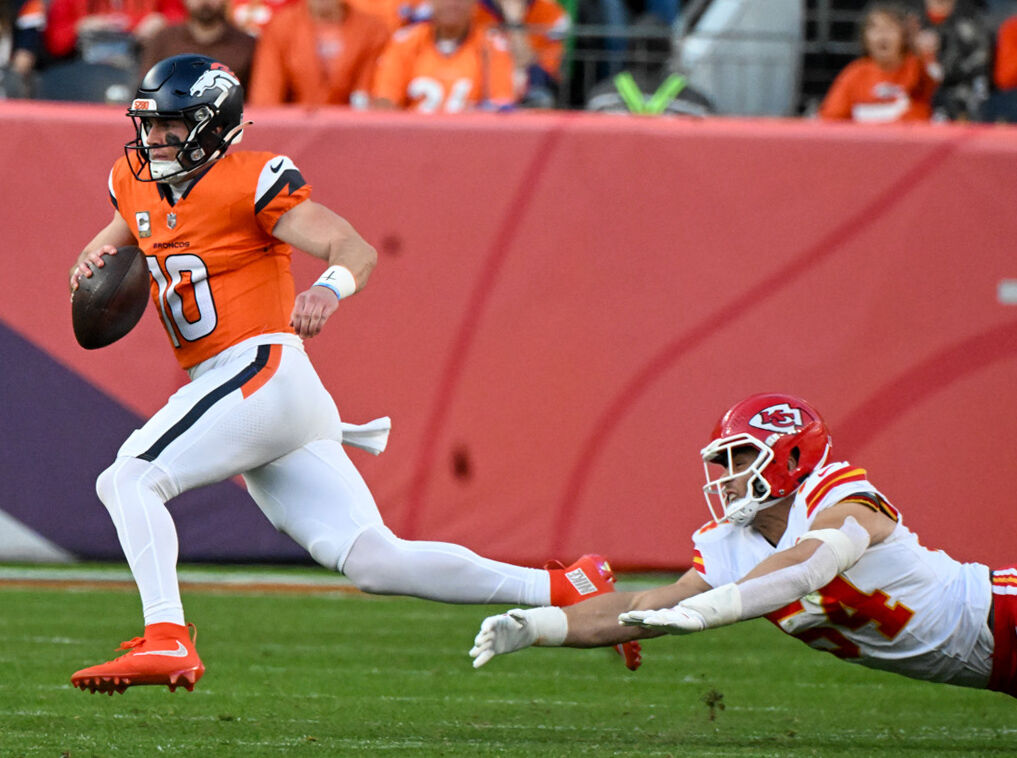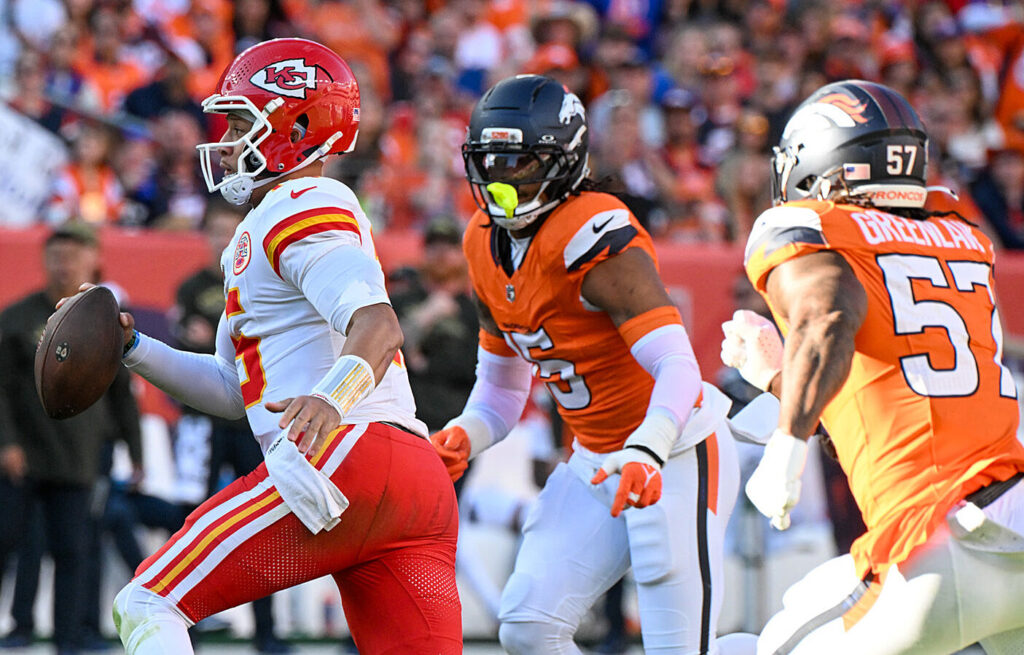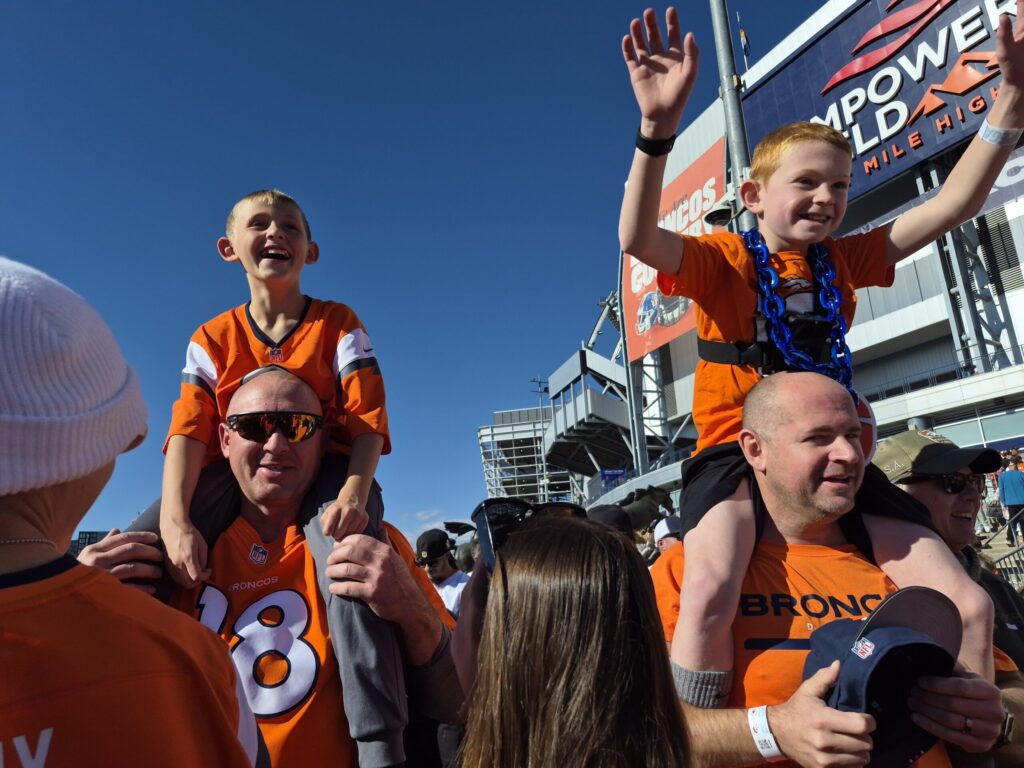Cavalryman statue toppled during 2020 Denver protests finally has a home
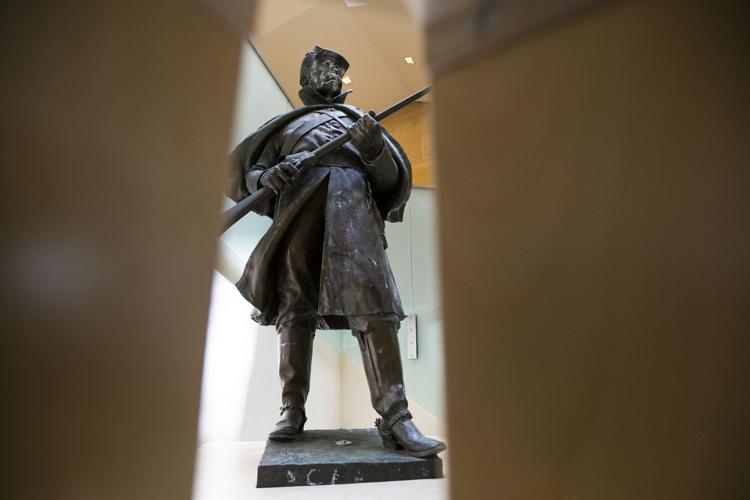
The statue “On Guard" that was originally installed on the west side of the Colorado State Capitol Building in 1909 and was toppled in June 2020 during protests for Black lives, can be seen on the first floor of the History Colorado Center on Wednesday, May 18, 2022, in Denver, Colo. (Timothy Hurst/The Denver Gazette)
Timothy Hurst
After two years of having nowhere to go, Colorado’s U.S. Cavalryman statue finally has a home.
The 8-foot bronze statue of an armed cavalry soldier will move from its temporary perch in the lobby of History Colorado to a spot in front of the Department of Military and Veterans Affairs headquarters in Centennial at a date to be determined later, the Capitol Building Advisory Committee decided Friday.
The cavalryman, armed with a rifle and saber, was sprayed with graffiti and torn down from its distinguished perch overlooking the city during the 2020 racial justice protests. The toppling angered many politicians and citizens who felt that the statue should be cleaned up and returned to its pedestal on the Capitol’s west steps, where it had stood guard since 1909.
The advisory committee voted unanimously Friday to move the monument to the Veterans Affairs building, but the committee wanted to make sure that the statue was a loan, not a permanent gift.
“I wouldn’t just give it away,” committee member Louis Court said.
The committee postponed the decision on where to move the 113-year-old statue for months to allow for public comment, but it received only three letters about it. Citizens who wrote in said they thought that the Veterans Affairs building would be a good place to protect the statue from further vandalism. They also said the site would be a place where the monument would be appreciated. No one asked to return the bronze to the West steps.
Today, the original concrete pedestal sits on the West steps undecorated, surrounded by a white plywood box. A plaque on one side says, “Colorado For all.” When the U.S. Cavalry soldier was toppled just after midnight June 25, 2020, the advisory committee saw the open spot as an opportunity to replace the soldier with a memorial to the Sand Creek Massacre. Many viewed the move as a reckoning by the state as it sought to acknowledge one of its darkest hours.
At dawn on Nov. 29, 1864, over 200 women, children and elderly tribal members were slaughtered by 675 Colorado soldiers. The Arapaho and Cheyenne were surprised by the ambush because they had been promised a peaceful existence by treaty. Some historians believe the massacre was the impetus to the ensuring Indian Wars.
The art for a new statue has been put on hold while the Northern Cheyenne, Northern Arapaho and Southern Cheyenne and Arapaho tribes choose an artist and design.
The project took a negative turn when Sand Creek descendant Harvey Pratt withdrew his name because of a disagreement over his design, which was a bronze statue of a grieving Indigenous woman on her knees, carrying an empty cradle. Pratt’s vision represented the loss Colorado’s Arapaho and Cheyenne tribes experienced during the attack at Sand Creek. Some tribal members and politicians believed Pratt’s creation was too sad to be placed in such a high profile location.
The Soldier’s Monument, as it’s sometimes called, was erected in 1909 and paid for by the Pioneers’ Association and state funds. It was Denver’s tribute to Colorado volunteers who fought for the North in the Civil War. It also represents defiance of Southern Rebels. But on a plaque that wrapped around the statue, it listed Sand Creek among the Colorado cavalry’s “battles” even though the incident was investigated and condemned by the U.S. Army.
In 1999, Colorado recognized that the slaughter at Sand Creek was not a battle, but an ambush.
A plaque placed on the statue in 2002, during Gov. Bill Owens’ administration, noted that Sand Creek was not a Civil War battle.
“They have a site that they can prepare,” advisory committee Chairwoman Susan Lontine said of the Veterans Affairs building. “They understand what they’re undertaking and what that means.”






